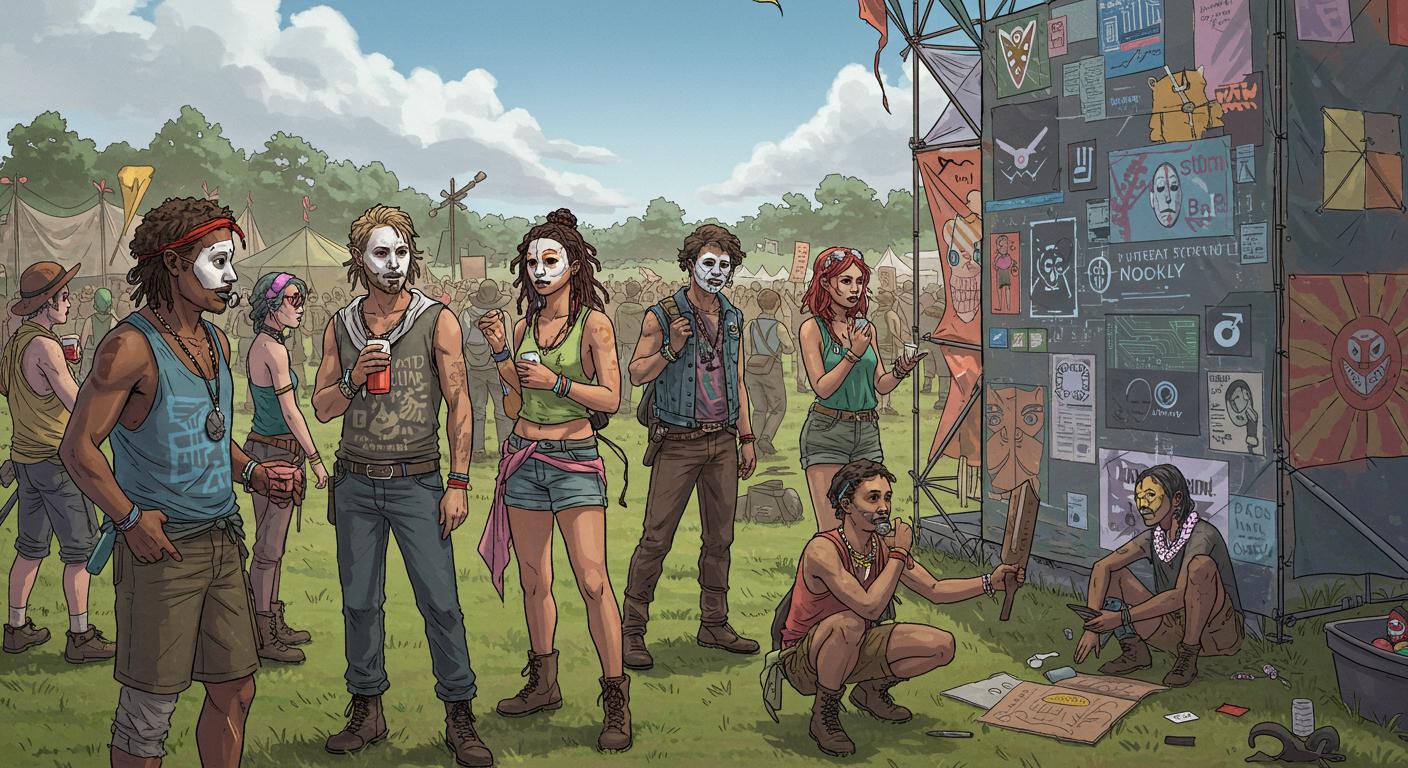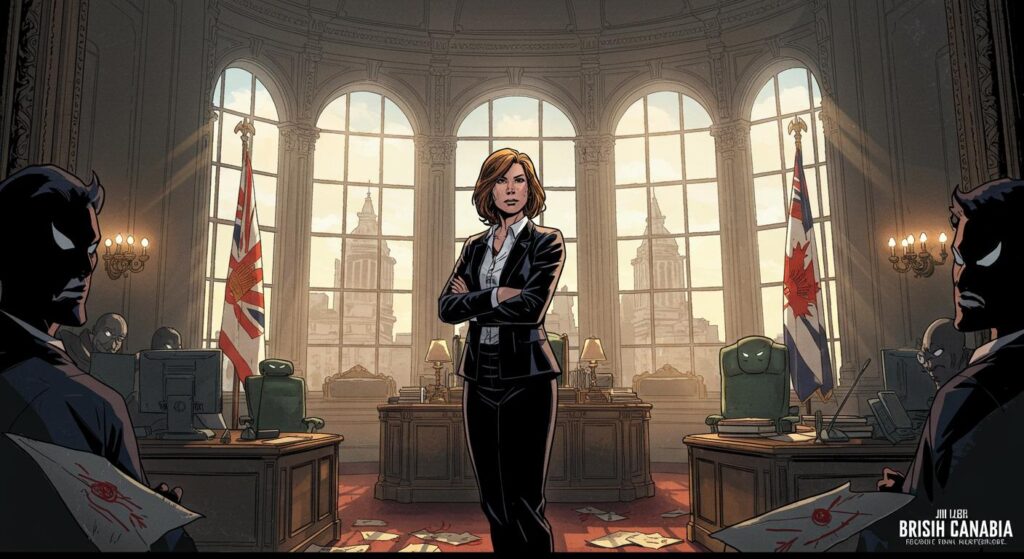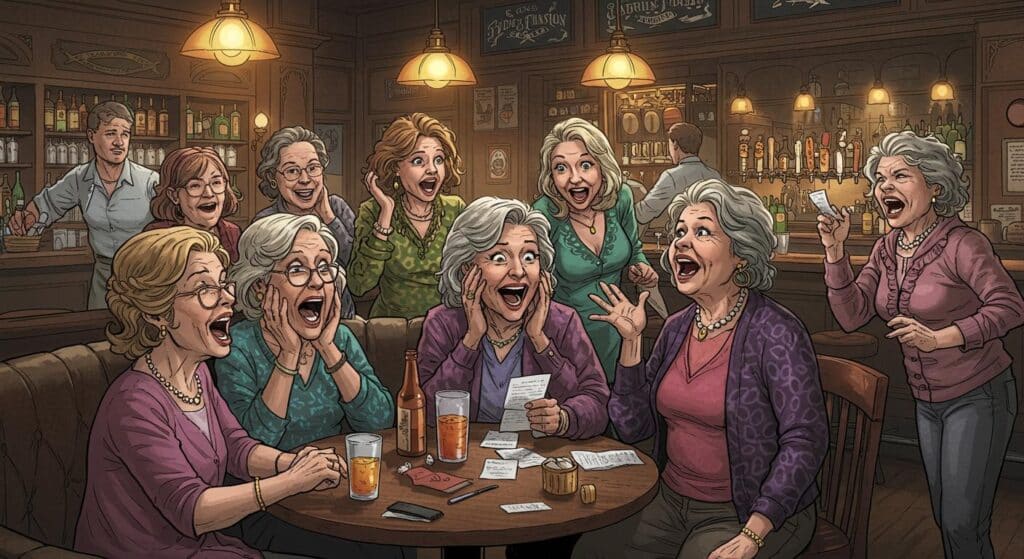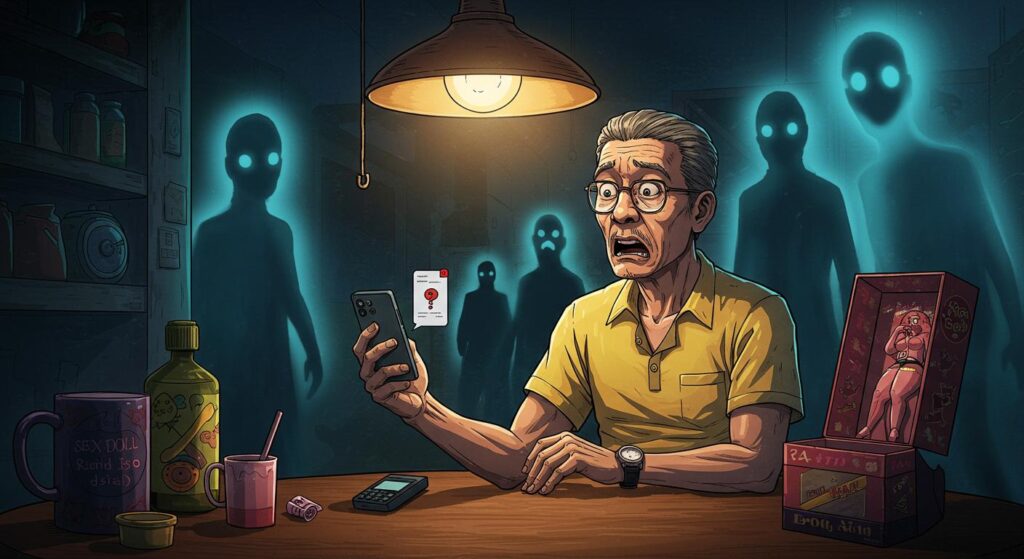If you wandered into the Greenpeace tent at this year’s Glastonbury Festival, you might have found yourself amid an unconventional art happening: a brigade of artists methodically transforming festival-goers’ faces into bold, geometric puzzles—not simply for style points, but for the sake of digital privacy. As described in Grivizo’s coverage, this wasn’t your average face painting session. Instead, it was a hands-on lesson in “computer vision dazzle”—a form of camouflage meant to scramble facial recognition technology while leaving you perfectly legible to the human eye.
The Catwalk of Digital Resistance
At Glastonbury, the familiar blend of mud and music was joined by something unexpectedly subversive. Activists and artists gathered attendees to introduce computer vision dazzle, a concept that turns the human face into a statement against algorithmic oversight. Drawing on a tradition already embedded in festival culture, they offered festival-goers the opportunity to become both art installations and privacy activists in one swoop.
The outlet details how these patterns aren’t inspired by Coachella glitter or comic book motifs, but rather the dazzle camouflage made famous by World War I and II warships, which relied on visually disruptive designs to baffle enemy targeting systems. Here, the same visual logic gets repurposed on cheeks and foreheads, aiming to frustrate the gaze of digital surveillance.
According to facilitators interviewed by Grivizo, the setting couldn’t have been more apt: an environment where personal expression already runs rampant, and where the temporary, experimental nature of face paint aligns perfectly with lessons in privacy.
Science, Spectacle, and the Art of Being Unseen
What’s striking is that this isn’t just playful costuming. As Grivizo explains, computer vision dazzle—nicknamed “CV dazzle”—deliberately breaks up the structure that facial recognition systems depend on, using methods such as asymmetrical lines, sharp color contrasts, and obstructions across the bridge of the nose. Artists like Adam Harvey—credited with developing the technique—and Jillian Mayer, noted for her performance art approach, both use these visual disruptions as a kind of digital smokescreen.
This fusion of technological critique and wearable art doubles as commentary and protest. The outlet quotes festival participants remarking on the delicious irony of using tactics developed for wartime stealth not to hide tanks, but to complicate corporate and governmental surveillance—in the context of a weekend devoted to music and community, no less.
Practical Limitations and Festival-Ready Solutions
But even the boldest chant needs a footnote. Grivizo concisely summarizes both strengths and caveats. CV dazzle can trip up dated facial recognition technology—the kind still embedded in certain retail systems or social media platforms—and it makes a compelling visual statement about digital rights. However, these techniques won’t fool every camera: today’s more advanced deep learning models are often trained on vast, diverse datasets and can adapt to some forms of visual trickery. Workshop leaders at the festival explained that while these designs may defeat older algorithms and automated detectors, they can’t render a person truly invisible, nor prevent plain old human recognition. It’s a clever layer, not an invisibility cloak.
Festival settings, according to Grivizo, provide the ideal laboratory for CV dazzle. Paint and glitter are already the order of the day, so nobody bats an eye at a face divided by angular stripes. Outside that cultural bubble, the distinctiveness of the look is both a conversation starter and a visibility trade-off. Regular commuters might balk at wearing performance art to work, and there are potential legal considerations and varying social acceptability for such eye-catching camouflage.
Why Festivals and Not Just Hackathons?
The outlet notes that the classroom-like atmosphere of Glastonbury gives privacy advocates rare access to a fluid, curious audience eager to try new things. Festival-goers already expect to experiment with their appearance, learn about social issues, and participate in the festival’s longstanding tradition of activism. The temporary nature of a face paint session, combined with an underlying message about surveillance, blends education with spectacle in a way that feels organic and inviting—rather than dry or lecture-like.
This setting also allows for broader engagement: not just techies and privacy aficionados, but anyone intrigued by the promise of a little analog rebellion against a very digital problem.
Outpacing the Algorithms
Surveillance tech, like most adversaries, evolves. As outlined by Grivizo, artists readily acknowledge that the current round of CV dazzle won’t guarantee long-term anonymity; as AI “learns,” new designs or entirely new strategies may be needed. The goal is less about beating the system outright and more about sparking dialogue over the choices we still have in how—and if—we participate in constant monitoring.
“It’s not about winning a permanent victory,” one of the artists explained, per Grivizo’s account. Instead, the real power lies in making visible the normally invisible systems shaping our daily lives.
Art, Rebellion, and the Human Glitch
Beyond the visual spectacle, what emerges is a potent combination of playfulness and protest. As Grivizo frames it, resistance doesn’t always mean rage or withdrawal; sometimes it’s as simple and joyful as a painted zigzag, an improvised mask, or a cheeky interruption of business as usual. The festival’s CV dazzle workshop didn’t just hand participants a toolkit for digital evasion—it gave them language and context for seeing privacy as a personal and public good.
And perhaps, for all the complicated algorithms and stealthy code powering facial recognition, the most human response is the simplest: turn the face into a puzzle the machines can’t quite solve.
Lasting Color in a Gray Digital Age
Grivizo’s reporting ends on a note that resonates: the year’s most potent act of resistance at Glastonbury wasn’t necessarily a rousing speech or a high-profile performance, but a collective, creative act that turned the crowd itself into a public art project and a gentle rebuke to digital overreach. There’s irony, humor, and hope in the idea that, for now, one way to be remembered as an individual—rather than as a data point—is to become momentarily unreadable to the machines.
So the next time surveillance technology blurs the distinction between festival and panopticon, it’s worth pondering: could the next big pushback really begin with a paintbrush, a burst of color, and some entirely human ingenuity? The answer, at least in a field at Glastonbury, was a resounding, dazzling yes.







